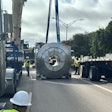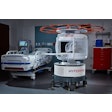MRI once again found itself embroiled in controversy in 2003. The award of the Nobel Prize in medicine to MRI pioneers Paul Lauterbur and Sir Peter Mansfield should have been the segment’s moment in the sun. But things turned ugly quickly when Dr. Raymond Damadian mounted a vociferous media-based protest against the Nobel committee’s decision to deny him recognition for his role in discovering MRI.
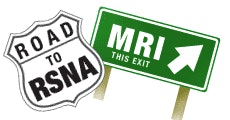
The modality’s penchant for progress will be on display at this year’s meeting, with vendors demonstrating advances on a variety of fronts. Companies have been refining their parallel imaging techniques, enabling the production of higher-quality images at faster speeds.
Several companies will introduce new software packages for vertical-field open superconducting scanners, which are producing images comparable to state-of-the-art 1.5-tesla scanners a few years ago. Noise-reduction techniques will also be prominent as companies strive to provide a more comfortable experience for patients.
Meanwhile, the 3-tesla segment will continue its evolution from a research tool into a technology that’s occupying the high end of whole-body clinical MRI. Look for continued market penetration by 3-tesla systems as vendors develop techniques for addressing the potential health effects of ultra-high-field scanning, such as high specific absorption rates (SAR).
By Brian CaseyAuntMinnie.com staff writer
November 21, 2003

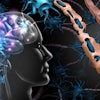

.fFmgij6Hin.png?auto=compress%2Cformat&fit=crop&h=100&q=70&w=100)


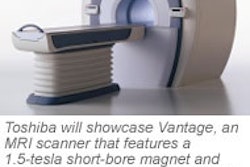

.fFmgij6Hin.png?auto=compress%2Cformat&fit=crop&h=167&q=70&w=250)




